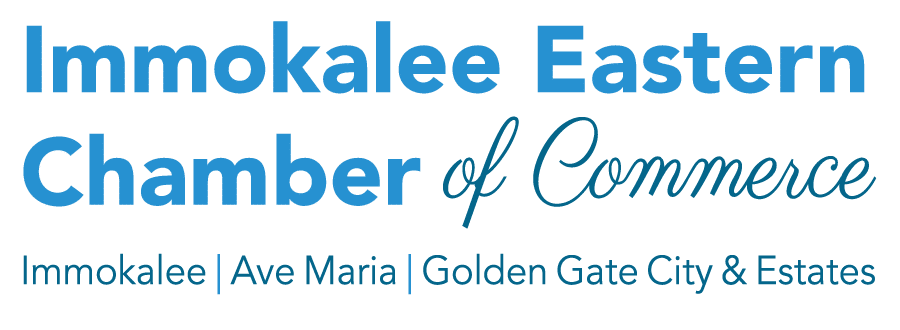Income Share Agreements, or ISAs, are a popular and well-established method for individuals to access capital.
If you’ve heard of an ISA, chances are, it was related to education. ISAs have been popular in the education space for about a decade, helping would-be students pay for programs, degrees, certifications, or bootcamps. However, ISAs have applicability well beyond learning. They’re an incredibly powerful tool that lets people use their future potential as collateral for capital.
That’s exactly why they’re a perfect resource for entrepreneurs to fund their ideas and grow their businesses.
In this article, entrepreneurs can learn everything they need to know about income share agreements.
Remember, the ISA approach is a revolutionary new way of investing directly into people and their future potential.
What’s an Income Share Agreement?
The ISA concept is simple: you agree to pay a portion of your future earnings in exchange for immediate cash. More formally, an ISA is a contract between a person and a capital provider where the person receives upfront funding in exchange for a fixed percentage of their future income. ISAs aren’t traditional debt-based lending. Like a loan, you will need to pay them back. However, unlike a loan, there’s no compounding interest or fixed monthly payment.
The central belief of an income share agreement is that your future potential is worth investing in. That’s why they’re a uniquely aligned funding option for founders.
How Most ISAs Work
Let’s assume you’re a founder exploring whether an ISA is right for you. Here are a few more key facts about how most Income Share Agreements work:
In most cases, you’ll pay the funding source a percentage of your income over a specific period or a set number of payments. If you’re earning more, you’ll pay back more, while if you earn less, you’ll pay back less.
Many ISAs cap the amount of money to be repaid, so that you’ll never pay more than a certain amount. This prevents very high-income earners from paying an unfair amount.
Usually, there’s a salary floor. Those who earn less than a specified amount – typically $30-40K per year – won’t owe any payments during that time.
ISAs aren’t based on your credit score – at least not entirely.
Most ISA agreements outline that the recipient pays back 5-20 percent of their income over two-10 years. Shorter agreement lengths typically have a higher income share percentage.
Why Entrepreneurs Should Care
It’s incredibly hard for founders to raise capital. Studies show that less than two out of 10 founders will raise capital from a fund or financial institution. The other eight people will turn to personal savings, credit card debt, or wealthy friends and family for money.
Even if you’re privileged enough to be able to turn to one of these funding sources, each of these is expensive in its own way.
For founders who don’t have wealthy connections or thousands in their savings account, the ISA is an option for that first check.



